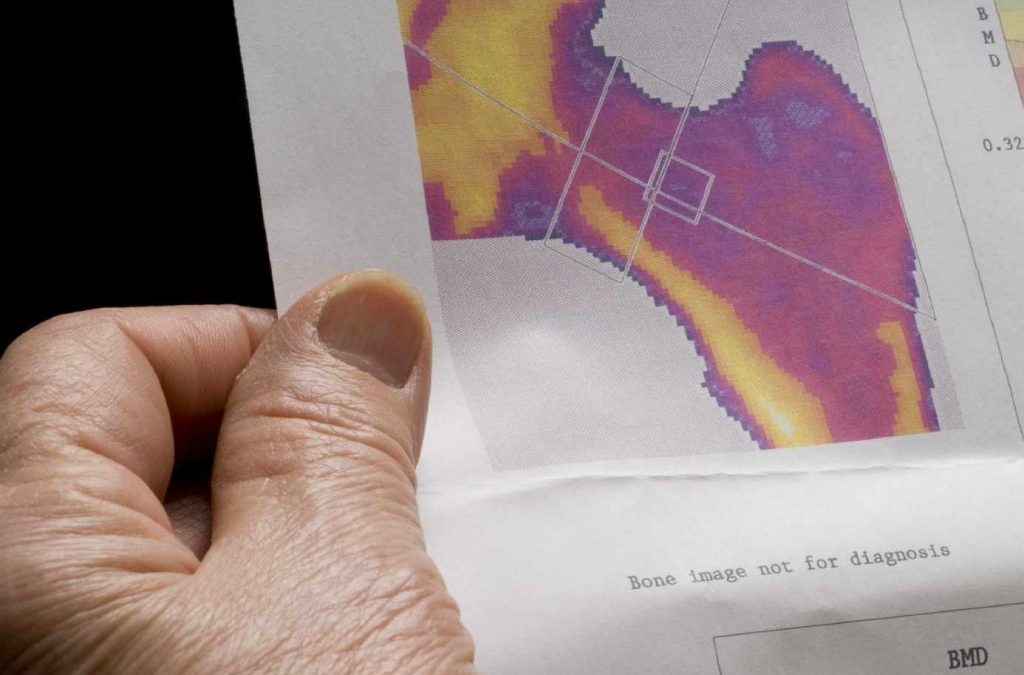
Osteoporosis may be a silent and hidden condition and yet it’s impact can be catastrophic for some people. Osteoporosis is a condition resulting in an increased risk of fractures due to a loss of density on the bone tissue. Osteoporosis does not normally cause any pain or discomfort however a fall or accident for someone with osteoporosis can be devastating.
I saw this first hand recently when my Mum was simply collecting fire wood off a wood pile for their newly installed wood fire. A simple slip, with her hands full and she landed onto her hip. She knew straight away she had done something serious by the agony she felt. This fall resulted in two pelvic fractures requiring immediate hospitalisation followed by a lengthy stay in a rehabilitation centre. Fortunately for my Mum, she is relatively young (your welcome Mum!), incredibly motivated and she is on her way to make a full recovery! She was aware that she had osteopenia (the precursor to osteoporosis) and was already undergoing medical treatment as well as engaging in suitable weight bearing exercise to prevent further bone loss.
So let’s discuss osteoporosis…
Are you at risk of osteoporosis?
Osteoporosis affects men and women. Over 1 million people in Australia have osteoporosis. Women are at greater risk of developing osteoporosis due to the decrease of oestrogen levels after menopause. When oestrogen levels decrease, the bones lose calcium and minerals at a faster rate. Young people with chronic conditions such as cerebral palsy, spina bifida and celiac disease may also be at risk of low bone mineral density.
If you are over 50 and have ANY of the below RISK FACTORS – you should see your doctor:
- Family history of osteoporosis (or broken hip)
- Recently had a broken bone from a minor bump or fall
- Celiac disease
- Rheumatoid arthritis
- Taking steroid drugs for longer than 3 months (common for asthma)
- For women: early menopause
- For men: low testosterone levels
- Overactive thyroid or parathyroid conditions
- Treatment for breast cancer or prostate cancer
- If you have noticed a loss in height (3cm or more)
How is osteoporosis detected?
A bone density scan is a simple scan that measures the density of your bones at the hip and spine areas. If you are over 50 (male or female) and have ANY of the above risk factors, you should speak to your doctor about having a bone density scan. This scan will help determine the action required to improve your bone health.
Keep an eye out for the next blog about preventing and treating Osteoporosis. There’s much that you can do before it’s too late.
Article written by Dr Melanie Woollam (Osteopath)
References:
Osteoporosis Australia. www.osteoporosis.org.au
Exercise for preventing and treating osteoporosis in postmenopausal women. T. E Howe., B. Shea., L. J Dawson et al. 2011. The Cochrane Library.

